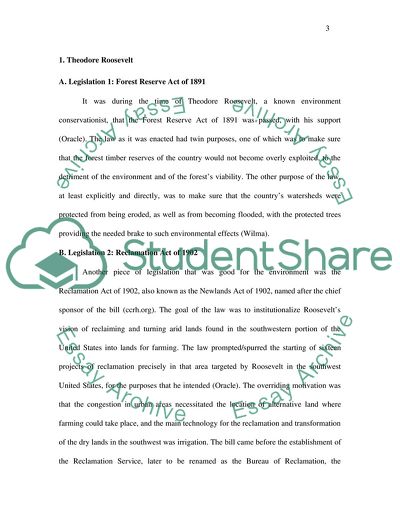Cite this document
(BX Environmental Legislation Assignment Example | Topics and Well Written Essays - 2250 words - 1, n.d.)
BX Environmental Legislation Assignment Example | Topics and Well Written Essays - 2250 words - 1. https://studentshare.org/law/1790540-bx-enviro-legislation
BX Environmental Legislation Assignment Example | Topics and Well Written Essays - 2250 words - 1. https://studentshare.org/law/1790540-bx-enviro-legislation
(BX Environmental Legislation Assignment Example | Topics and Well Written Essays - 2250 Words - 1)
BX Environmental Legislation Assignment Example | Topics and Well Written Essays - 2250 Words - 1. https://studentshare.org/law/1790540-bx-enviro-legislation.
BX Environmental Legislation Assignment Example | Topics and Well Written Essays - 2250 Words - 1. https://studentshare.org/law/1790540-bx-enviro-legislation.
“BX Environmental Legislation Assignment Example | Topics and Well Written Essays - 2250 Words - 1”. https://studentshare.org/law/1790540-bx-enviro-legislation.


